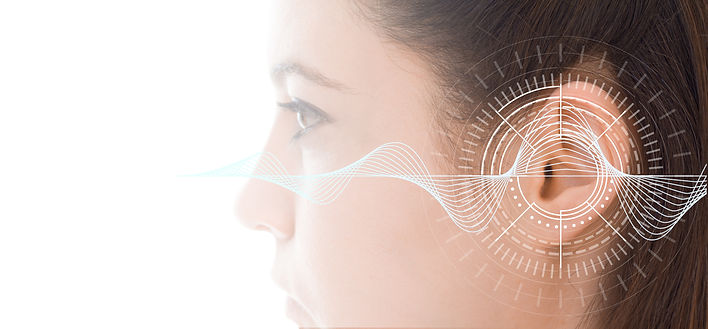

Hearing Testing

Why Not Get Started Today?
The sooner you are able to have your hearing assessed the better to put your mind at rest. Hearing tests allow you to see in graph form what level your hearing is at.
Call us to book an apointment.
How do we test your hearing?
A hearing test is risk free and gives you the information needed to diagnose the cause of your specific type of hearing loss.
An audiological evaluation will be conducted in a sound booth in a quiet room. There are 3 parts to an audiological evaluation. The hearing aid practitioner will check and record at what level each threshold was heard at. They will record how many words a person was able to hear clearly by having them listen and repeat words at different levels. A tympanometry test will also test the middle ear function of a person’s ear. Hearing acuity will then be classified as one of the following:
-
Normal
-
Mild
-
Moderate
-
Severe
-
Profound
What will the test show?
Pure tone audiometry charts the hearing level of different tone frequencies in both ears.
Hearing loss is often described as follows:
-
Normal = less than 25 db HL
-
Mild = 25-40 db HL
-
Moderate = 41-65 dB HL
-
Severe = 66-90 db HL
-
Profound = more than 90 db HL
What happens during an audiological evaluation?
The audiological evaluations are conducted in a quiet soundproof room (Fig. 3). Earphones will be placed on your head. You will be asked to sit still and not talk. The earphones are connected to a machine that will deliver the tones and different sounds of speech to your ears, one ear at a time. The audiologist will ask you to raise your hand when you hear a sound. For example, if you hear a sound with your left ear, raise your left hand; if you hear a sound with your right ear, raise your right hand. At some facilities, you may be asked to push a button or make some other sign that you have recognized a sound. The audiologist will record each tone at the lowest possible volume that you were able to hear it. Before or after the general audiometry test, tuning forks are also used to conduct the Rinne and Weber tests. Each test evaluates the potential for different kinds of hearing loss.
To assess speech discrimination, you will be instructed to repeat words you hear. You will hear a series of two-syllable words at a volume that gradually decreases as the test progresses. In the second stage of the test, you will hear and repeat a series of one-syllable words at a volume that does not change.
During a tympanometry and acoustic reflex test, a soft plug is placed in your ear. The plug will change pressure, make a loud noise, and track your responses to the sound and various pressures. Movement of the eardrum is measured as well as the reflexes of the tiny muscles attached to the ossicles.